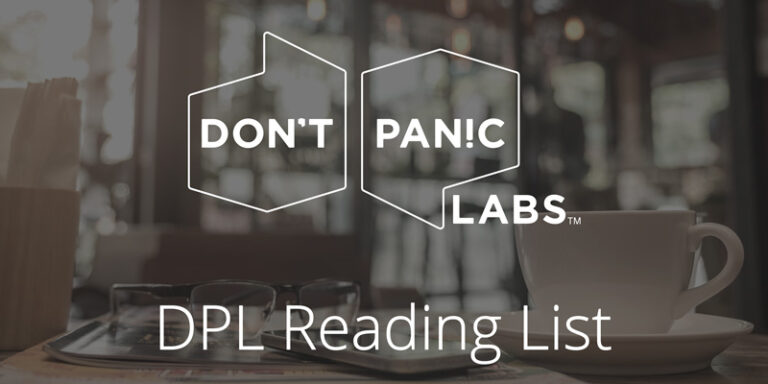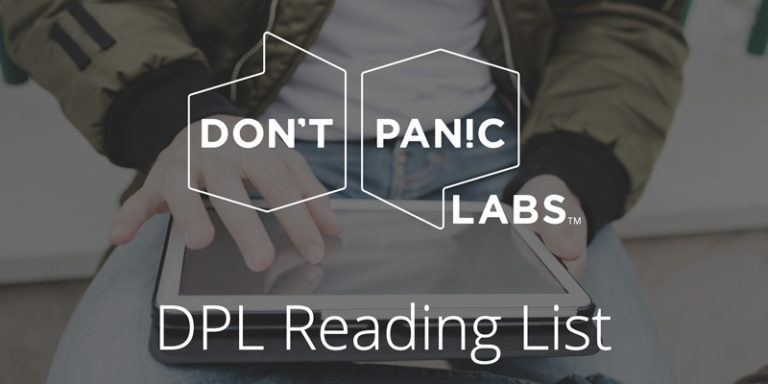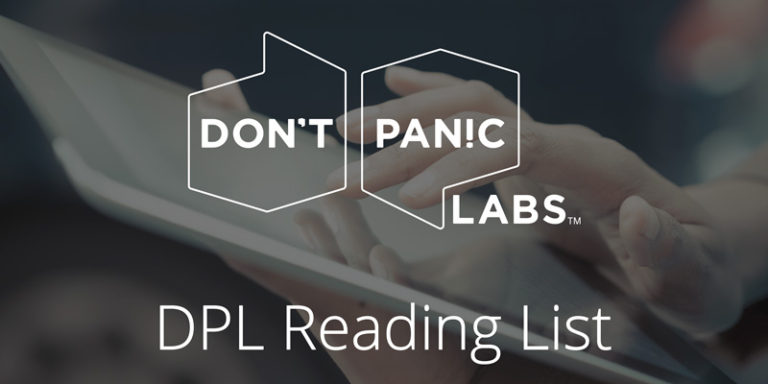
DPL Reading List – August 24, 2018
Here are some of the articles we found this week.
3 Kinds of Jobs That Will Thrive as Automation Advances – “But the bottom line is that technology is unleashing market forces that can reward those who address these challenges and marginalize those who ignore them. And, far from depriving us of work and squashing our humanity, technology can provide us with the opportunity to focus on work and activities that will help us to achieve more and more of our potential. What better service could technology provide?”
The Untold Story of NotPetya, the Most Devastating Cyberattack in History – “To get a sense of the scale of NotPetya’s damage, consider the nightmarish but more typical ransomware attack that paralyzed the city government of Atlanta this past March: It cost up to $10 million, a tenth of a percent of NotPetya’s price. Even WannaCry, the more notorious worm that spread a month before NotPetya in May 2017, is estimated to have cost between $4 billion and $8 billion. Nothing since has come close.”
How Paper Batteries Charged by Bacteria Could Power Internet of Things – “To create the battery, the research team placed freeze-dried “exoelectrogens” on paper. They explain that exoelectrogens are a type of bacteria that can transfer electrons outside of their cells. The electrons pass through the cell membrane and make contact with external electrodes to power the battery.”
Our first look at Alphabet’s smart city – “Alphabet’s Sidewalk Labs and Waterfront Toronto—the entity formed by Canada, Ontario, and the city of Toronto—have shared an early peek of design plans for Sidewalk Toronto, the much-hyped waterfront revitalization project that’s been touted as “the world’s first neighborhood built from the internet up.””
How Music Was Made On Super Nintendo – This video takes a look at what it took to create music for the Super Nintendo.
Facebook and NYU believe AI can make MRIs way, way faster – “And while the initial project goals revolved around MRI technology, the scientists feel that their work could be extended to other imaging technologies, including CT scans. The theory is that AI could help reduce the radiation doses required to conduct such scans–something that could be particularly helpful for vulnerable patients such as children. Ultimately, the underlying hope for the project is to demonstrate the power of AI and machine learning to generate high-value imagery in new and more efficient ways.”
This town will get its heat from an unlikely source: a data center – “As data centers use energy (globally, they used 416 terawatt-hours of electricity in 2016, more than the entire United Kingdom), one big chunk of that electricity is used to keep servers cool. In the design for the new data center at Lyseparken, instead of fans, a liquid cooling system will send extra heat to a district heating system, which connects to businesses in the area, heating each building via the floor. The liquid loses heat as it travels, so the buildings that need heat most are located closest to the data center.”



